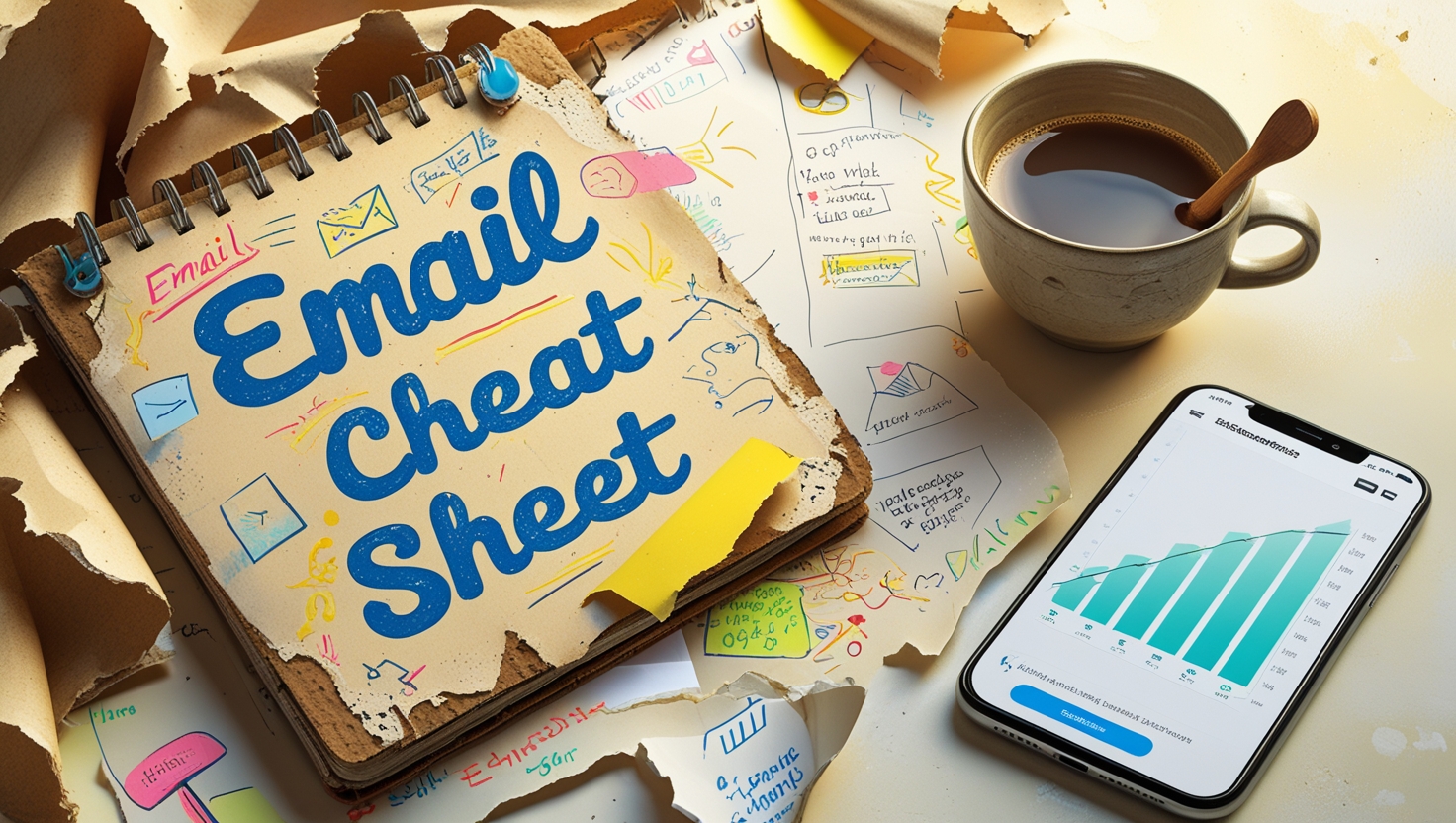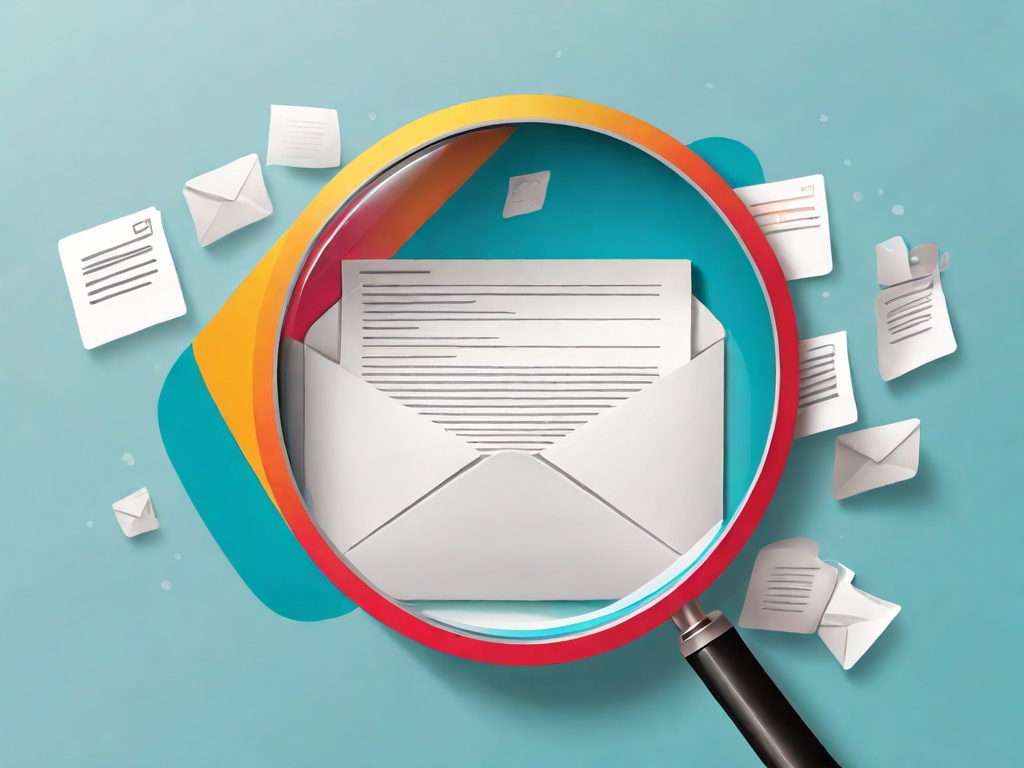8 Proven Email Outreach Tips That Actually Get Responses
Want to master the art of email outreach—but hate feeling like you’re shouting into the void? In this guide, you’ll get 8 powerful email outreach tips that actually get responses and help you build real relationships from day one.
If you’re tired of sending cold emails that get ghosted, you’re not alone. The truth is, most outreach emails fail because they’re missing one thing: a human touch.
Proven Email Outreach Tips to Personalize Your Message
In this guide, we’re diving into 8 proven email outreach tips that will help you write messages people actually want to open—and respond to. From personalization tricks to follow-up strategies, these are the cold email best practices you need to boost your response rates and build real, valuable connections.
Whether you’re a digital creator, freelancer, or small biz owner, these tips will help you craft personalized outreach emails that get results—without sounding spammy or salesy.
Email Outreach Tips That Actually Get Responses
Let’s face it—cold outreach can feel awkward.
Nobody wants to come off as spammy, salesy, or like they’re sliding into inboxes just to ask for something. But when done right? Email outreach becomes a relationship-building superpower that opens doors, books calls, and creates real connections.
Whether you’re reaching out for partnerships, pitching your services, or promoting your latest offer—these 8 tips will help you turn those cold emails into warm conversations that actually convert.
1. Make It Personal (Like… Really Personal)

You know what kills a cold email faster than a Monday morning Zoom call?
“Dear Sir/Madam,”
Delete.
Blocked.
Banished to the shadow realm of unopened inboxes.
If your outreach feels like a copy-paste job, people will treat it like spam—even if your offer is solid gold.
Instead, zoom in. Do your homework. Stalk their socials (in the nicest way possible). Mention that killer podcast episode they just dropped or the Instagram Reel that made you laugh out loud. Show them you care enough to notice.
Even something as simple as: 👉 “Loved your recent post on [topic]—especially the part where you said…” …instantly makes your message feel more thoughtful, intentional, and human.
Pro Tip: Always use their first name. Keep it casual. Sound like a real person—not a sales robot fueled by desperation and too much cold brew.
Because the truth is: robots don’t build relationships. You do.
2. Lead With Value, Not a Pitch

Now that you’ve broken the ice with a personal touch, it’s time to not make it weird.
You wouldn’t walk into a networking event, shove your business card into someone’s hand, and immediately say,
“Hey! Wanna buy my thing?”
(At least, I hope not. 😅)
Same rules apply to your outreach email.
Before you hit send, ask yourself the magic question: 👉 “What’s in it for them?”
If your first few lines are all about you, you’ve already lost the plot—and their attention. Instead, lead with value. That could mean:
- A quick strategy suggestion they can implement today
- A lead magnet tailored to their niche
- A collaboration pitch that actually boosts their visibility
When you give first, you instantly shift from “random stranger” to “trusted resource.” And in the world of cold outreach, that’s everything.
💡 Golden Rule of Outreach: Give before you get. Always.
3. Write Like You Talk: Conversational Email Outreach Tips That Work
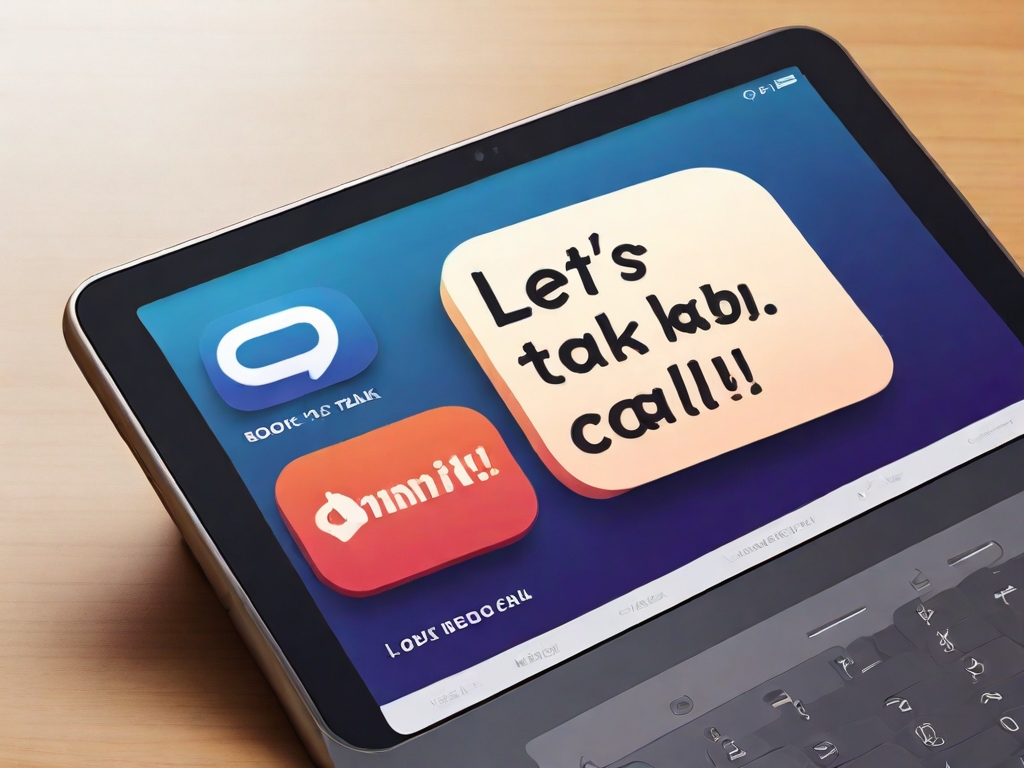
Okay, quick check— Does your outreach email sound like a real person wrote it?
Or does it read like it was drafted by a committee of legal advisors and AI overlords?
“Per our previous correspondence, I wanted to circle back regarding the aforementioned synergy between our business verticals…”
Hard pass.
If you wouldn’t say it out loud over coffee, don’t type it into an email. Your tone should be warm, conversational, and easy to digest. Think: ✅ Friendly ✅ Clear ✅ No fluff, no jargon, no MBA buzzwords
You want the reader to feel like they’re chatting with someone who gets them—not being pitched by a robot in a suit.
💬 Bonus points if your email makes them smile, nod, or think, “Okay… I like this person.”
Keep it real. Keep it human.
4. Craft a Killer Subject Line
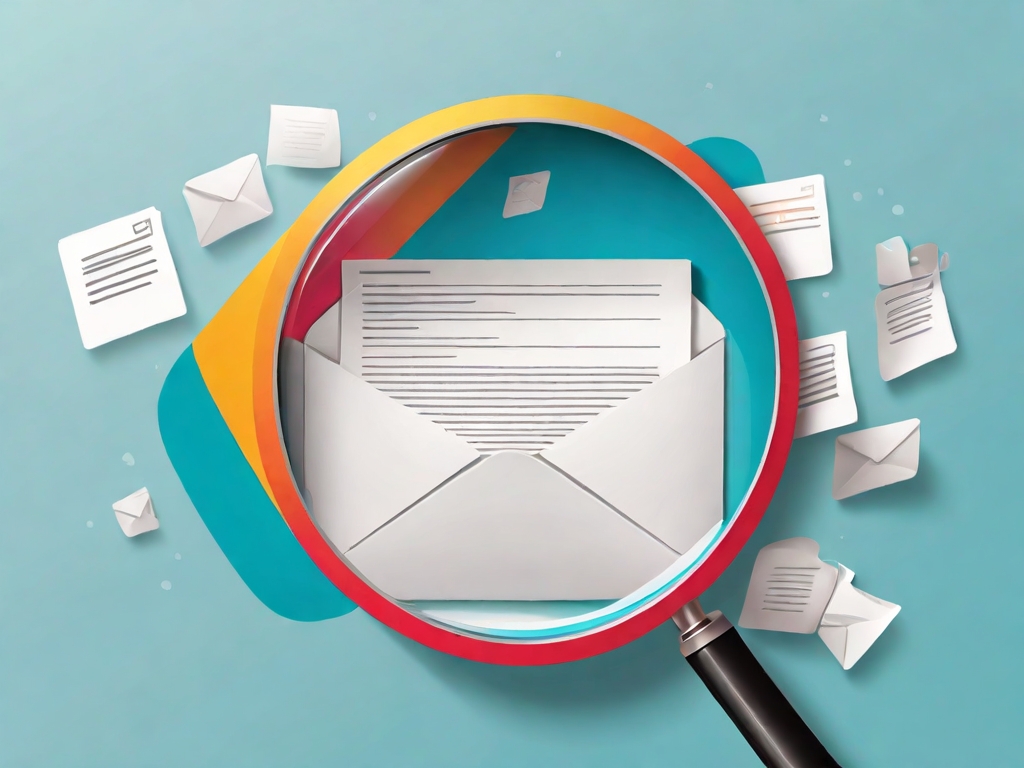
You could write the world’s most brilliant email… but if your subject line sucks?
No one will ever read it.
Your subject line is your first impression, your headline, your digital handshake. So it needs to do one job, and do it well: 👉 Get the click.
Here’s the trick: Spark curiosity or offer a quick win. No fluff. No clickbait. Just enough intrigue to make them want to open it.
Try one of these high-performing formulas:
- “Quick question about [their brand]”
- “Loved your post on [topic] – have an idea!”
- “3 ways we could collaborate”
Keep it:
- Short (under 8 words)
- Sharp (clear, not clever-for-the-sake-of-it)
- Specific (hint at value, not vagueness)
✉️ Remember: If they don’t open, the rest of your email might as well not exist.
These email outreach tips aren’t just theory—they’re backed by real-world results and modern marketing psychology.
5. Keep It Short and Sweet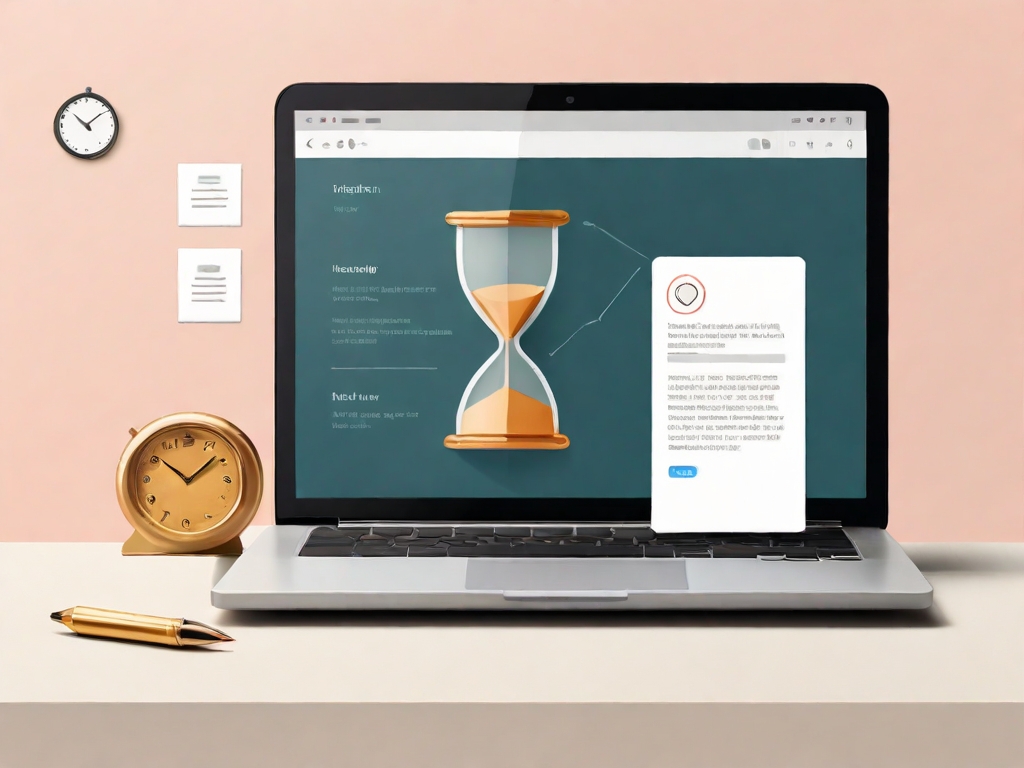
Time is precious. Attention spans are shorter than ever. And let’s be honest—no one is reading your email like it’s the next bestseller.
TL;DR is the inbox default.
That’s why your outreach email should feel more like a quick convo than a dissertation. Aim for under 150 words. Break it into short paragraphs or bullet points. White space is your friend.
Stick to the essentials:
- Who you are (in one line, max)
- Why you’re reaching out (keep it relevant)
- What’s in it for them (lead with value)
- How to respond (make the next step crystal clear)
📌 Think of your email like an elevator pitch—tight, tidy, and zero fluff.
Less is more. Simplicity sells.
Want to track if your outreach emails get opened? Mailtrack is a free Chrome extension that shows you exactly when your message was viewed.
6. Use a Clear Call-to-Action (CTA)

Don’t end with “Let me know what you think.” Be bold. Be specific. Try:
- “Would you be open to a quick 10-minute call next week?”
- “Want me to send over a free audit?”
- “Is this something you’d be interested in testing together?”
Your CTA should feel like the next logical step—not a big leap.
Make it easy for them to say yes by being crystal clear about what happens next.
7. Follow-Up Email Outreach Tips: How to Stay Persistent Without Being Pushy

Here’s the truth no one tells you: Most replies happen after the second or third email—not the first.
People are busy. Your email might have landed mid-coffee spill, mid-meeting, or mid-scroll on TikTok. That doesn’t mean they’re not interested—it just means they’re human.
So give it a few days, then send a gentle nudge:
“Hey [First Name], just popping back in—didn’t want this to get buried!”
Keep it light. Keep it helpful. No guilt trips. Just a reminder that you’re here, and you’re worth replying to.
✨ Persistence isn’t pushy—it’s professional.
Because let’s be honest: you miss 100% of the shots you don’t follow up on.
8. Track, Test, and Improve
Want to go from “sending and hoping” to “sending and scaling?” You’ve got to treat email outreach like a science.
The pros don’t just write and wait—they:
- Track opens and clicks with tools like Mailtrack, GMass, or Lemlist
- A/B test subject lines to see what grabs attention
- Play with different CTA wording to boost replies
- Monitor response rates and tweak as they go
🧪 Outreach isn’t guesswork—it’s feedback in disguise.
Every email you send is data, every reply is a lesson, every no gets you closer to a yes.
So tweak, test, learn., improve. Then do it all again—better than before.
Turn Your Outreach Into Opportunities
There you have it—8 email outreach tips that go beyond the basics to help you write cold emails that convert. When you focus on value, personalization, and clear calls-to-action, your outreach becomes more than just a pitch—it becomes a conversation starter.
Remember: Every outreach email is a chance to build a relationship. Show up with generosity, lead with intent, and watch your inbox turn into an opportunity goldmine.
Email Outreach Tips That Actually Get Responses
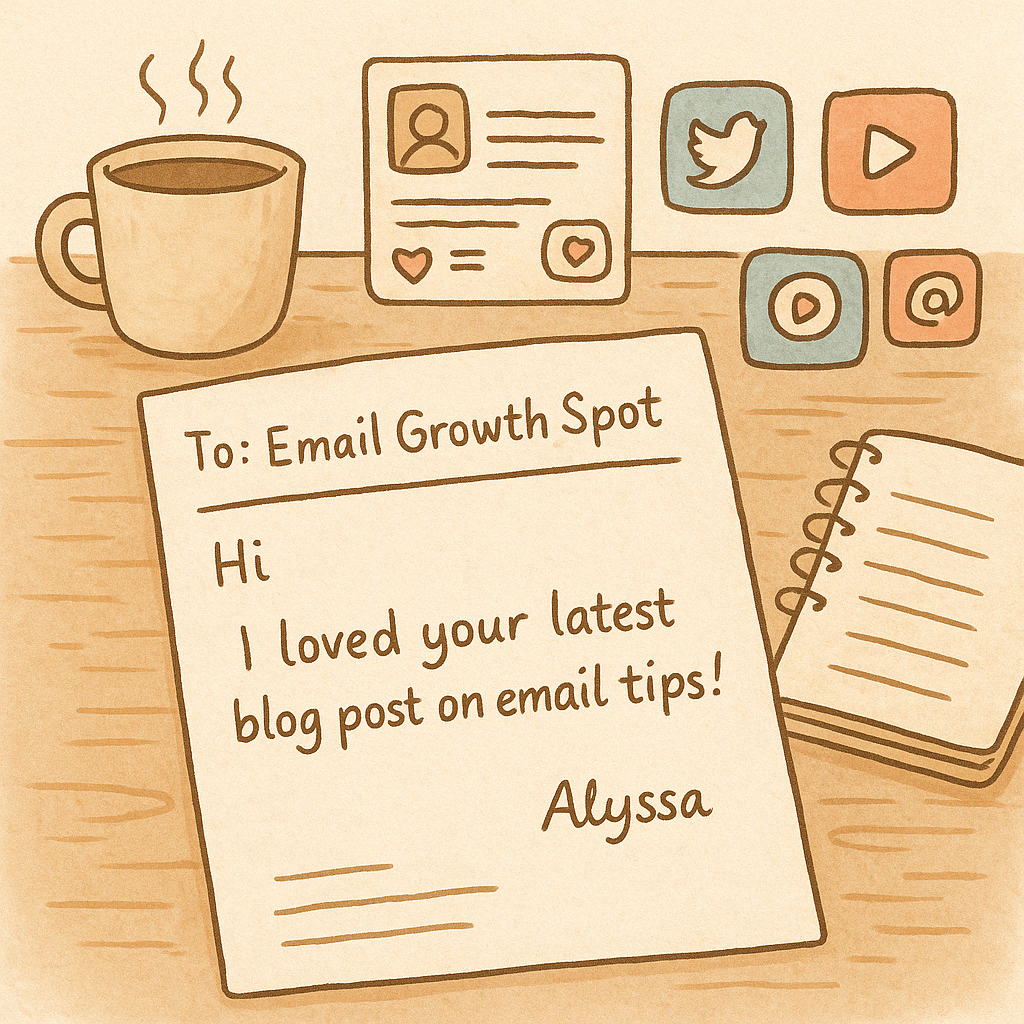
Apply these email outreach tips consistently, and you’ll turn cold emails into warm conversations that lead to opportunities, clients, and partnerships.
Want to make outreach even easier? Grab our free [Cold Email Template Pack]—with 5 plug-and-play outreach email examples designed to increase your email response rates starting today.
👉 If you love these email outreach tips, you’ll also enjoy this breakdown of 5 email marketing hacks I wish I knew earlier →
